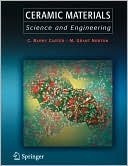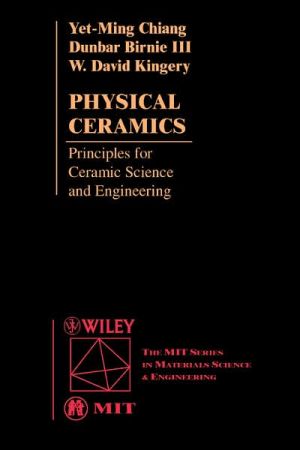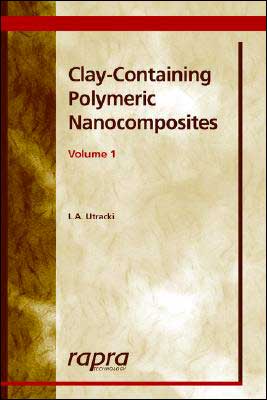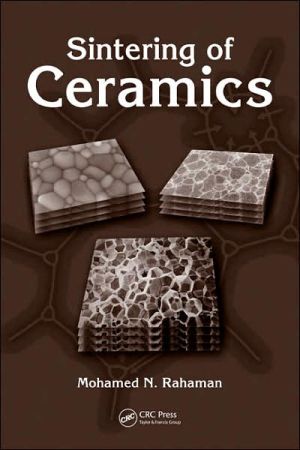Fundamentals of Inorganic Glasses
Although several fine volumes have been published on special topics in glass, Fundamentals of Inorganic Glasses is the first book to provide the breadth required of a comprehensive undergraduate textbook. In a clear tutorial style, this volume provides comprehensive coverage of the composition, structure, and properties of inorganic glasses. Designed to serve as the primary text for "glass science" courses at the upper-undergraduate level, this book facilitates learning with a clear...
Search in google:
Although several fine volumes have been published on special topics in glass, Fundamentals of Inorganic Glasses is the first book to provide the breadth required of a comprehensive undergraduate textbook. In a clear tutorial style, this volume provides comprehensive coverage of the composition, structure, and properties of inorganic glasses. Designed to serve as the primary text for "glass science" courses at the upper-undergraduate level, this book facilitates learning with a clear discussion of fundamental concepts, chapter-ending problem sets, an emphasis on key ideas, and timely notes on suggested readings. Professor Varshneya has filled a gap in the existing literature by providing a textbook that is uniquely comprehensive while striving always to help the student develop a clear understanding of the fundamentals underlying glass science.Clearly develops fundamental concepts Provides comprehensive discussion of the composition, structure, and properties of inorganic glasses Leads the reader through areas where a deeper understanding is needed Presents necessary mathematics in a readable manner Introduces numerous and interesting real-world examples that give the reader insight into application of the material covered in the text Concludes chapters with problem sets and suggested readings to facilitate self-study Booknews Contents include history, glass formation, microstructure, composition, density and molar volume, elastic properties and microhardness, viscosity, thermal expansion, heat capacity, thermal conductivity, transition range behavior, dielectric properties, optical properties, and fundamentals of inorganic glassmaking. Deep scientific discussion and heavy mathematics are avoided when possible. Engineering of glass and glass product manufacturing are not covered. Exercises are included. Annotation c. Book News, Inc., Portland, OR (booknews.com)
PrefaceAcknowledgments1Introduction12Fundamentals of the Glassy State133Glass Formation Principles274Glass Microstructure: Phase Separation and Liquid Immiscibi1ity615Glass Compositions and Structures876Composition-Structure-Property Relationship Principles1437Density and Molar Volume1498Elastic Properties and Microhardness of Glass1619The Viscosity of Glass18310Thermal Expansion of Glass21111Heat Capacity of Glass22512Thermal Conductivity and Heat Transfer in Glass23313Glass Transition Range Behavior24114Permeation, Diffusion, and Ionic Conduction in Glass31515Dielectric Properties35316Electronic Conduction36717Chemical Durability39718Strength and Toughness40919Optical Properties45520Fundamentals of Inorganic Glassmaking507Appendix I. Elements of Linear Elasticity551Appendix II. Units and General Data Conversions561Index565
\ BooknewsContents include history, glass formation, microstructure, composition, density and molar volume, elastic properties and microhardness, viscosity, thermal expansion, heat capacity, thermal conductivity, transition range behavior, dielectric properties, optical properties, and fundamentals of inorganic glassmaking. Deep scientific discussion and heavy mathematics are avoided when possible. Engineering of glass and glass product manufacturing are not covered. Exercises are included. Annotation c. Book News, Inc., Portland, OR (booknews.com)\ \








